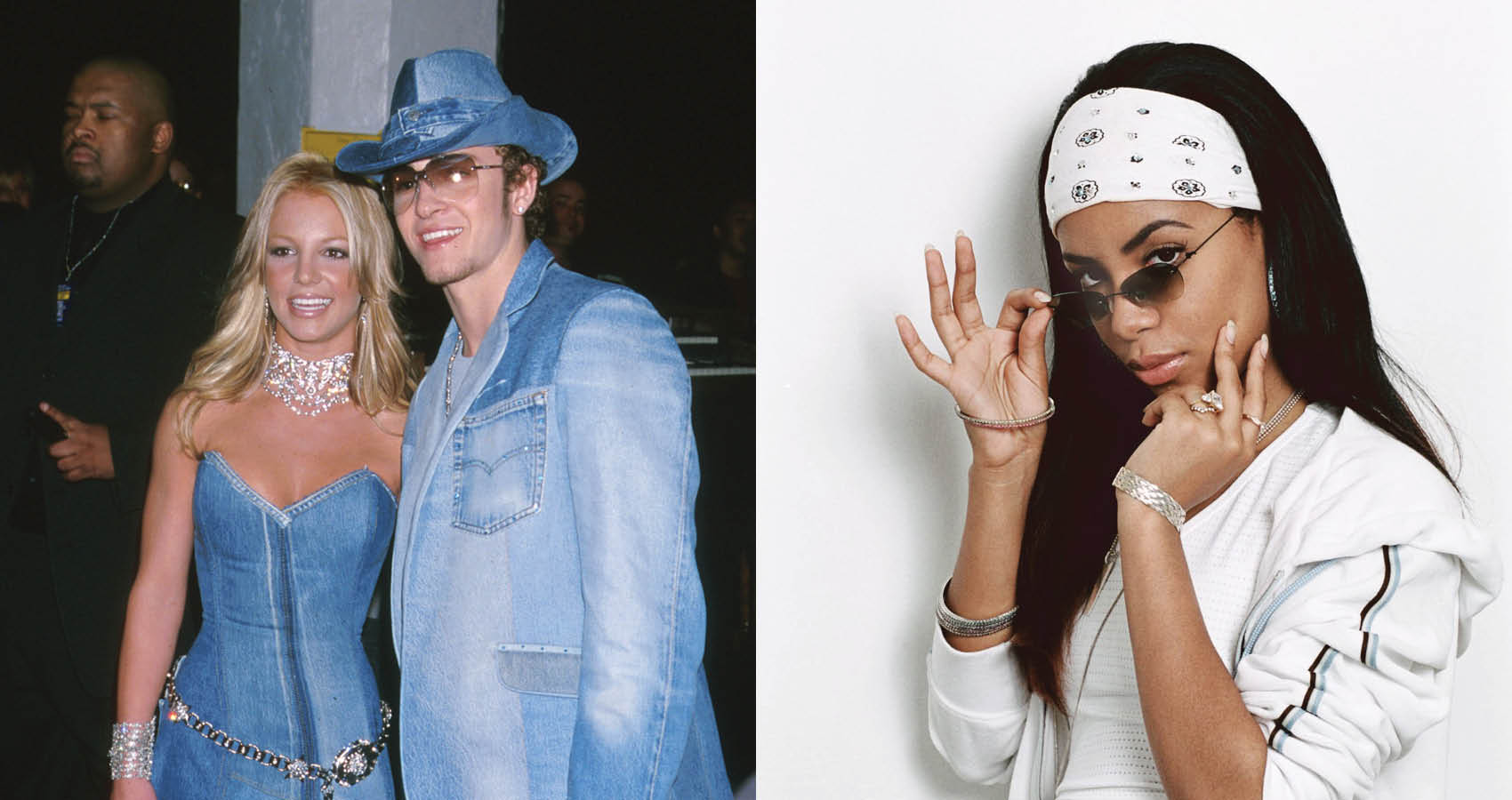
Can Swag Ever Be What It Was?
The era best buried at the bottom of our Instagrams is being resurrected in the internet’s search to be crowned most meta.
We’ve all felt it sneaking up on us. The obnoxious caps, chintzy silhouettes and tacky excess. Swag is back, but not how we once knew. The era best buried at the bottom of our Instagrams is being resurrected in the internet’s search to be crowned most meta.
The rules are simple. Serve yourself up on the biggest platter of irony as possible and you win. And what could sell this contrived carelessness better than co-opting the painful earnesty of the swag era.
Before Justin Bieber was threatening to ‘swag swag swag on you’, Jay Z sowed the seed for swag to fly into the hiphop stratosphere of the late 2000s. This was a pivotal point in music. Black artists were breaking out of the stereotypes that had previously contained them. Musicians like Kanye West and Tyler the Creator redefined individuality and genre. The braggadocio of the era formed part of the first faltering footsteps for the trend being to stand out, rather than to fit in.
But this inflated self-assurance was then diluted into a deeply cringy movement on early social media. Faux-deep quotes about trusting no one smattered their hurt all over Instagram. The bravado of these early swag warriors hinged so blatantly on caring what others thought.
Gen Z traded in this vulnerability for a knowing humor. Tiktoker Mercifulrat has talked a lot about the phenomenon ‘performative apathy’. Gone are the days when air-brushing and filters put the effort that went into what you posted on full-display. Now, Instagram carousels are ‘photo dumps’: a collection of seemingly candid but ultimately dig a little deeper, and you see the rules are still there, they’re just more nuanced.
If you were to take ten of my camera roll recents it would be nothing like the perfect balance of candle-lit dinners and marginally unflattering selfies in a normal photo dump. You’d get a series of screenshots and maybe a deep-dive into an abnormally large lump on my knee. But even that could be worked into a successful photo dump. The collection is curated just enough to show depth of character without looking like you’ve broken a sweat. Everyone is their own micro-celeb. Their posts promise they’re down to Earth, just like the rest of us.
Digital natives have been birthed into 24 hour news cycles that have made apathy seem like a solution. They also spent their formative years on the internet and know how quickly the crowd can turn against you, now more than ever with the speed it takes for Tiktok’s to go viral. It’s like carrying a mini high school around in your pocket. The first article ‘contrived carelessness’ brings up relates to education and it makes sense: as a tween, acting like you couldn’t give a shit felt like life or death importance.
So when people embrace what’s embarrassing, they are one step ahead of their potential tormentors. Who can then ever come for them? If you ironically co-opt the trappings of the swag era, a movement that professed wholeheartedly to the internet their open hurt, you can prove how far you are from the mortal sin of being seen to care.
Irony is so cemented into our culture that it has gained its own life force. Anything cringe I started out saying as a joke, quickly found its way into my every other sentence. Our generation’s searing self-awareness starts to collapse under its own weight, where even a different intention can’t save the outcome from being infused with the same meaning.
Swag was embarrassing, but ultimately harmless. But when it’s performed as a knowing joke, it’s hard to see where the humor ends and the sincerity begins. The constant nods to the layers of your own self-awareness, start to look more and more insecure in the meta world of today’s internet.











